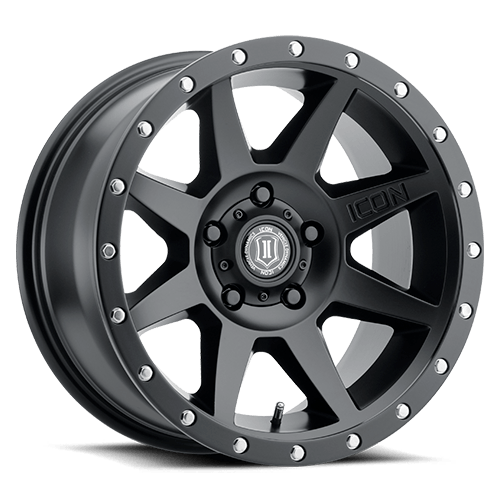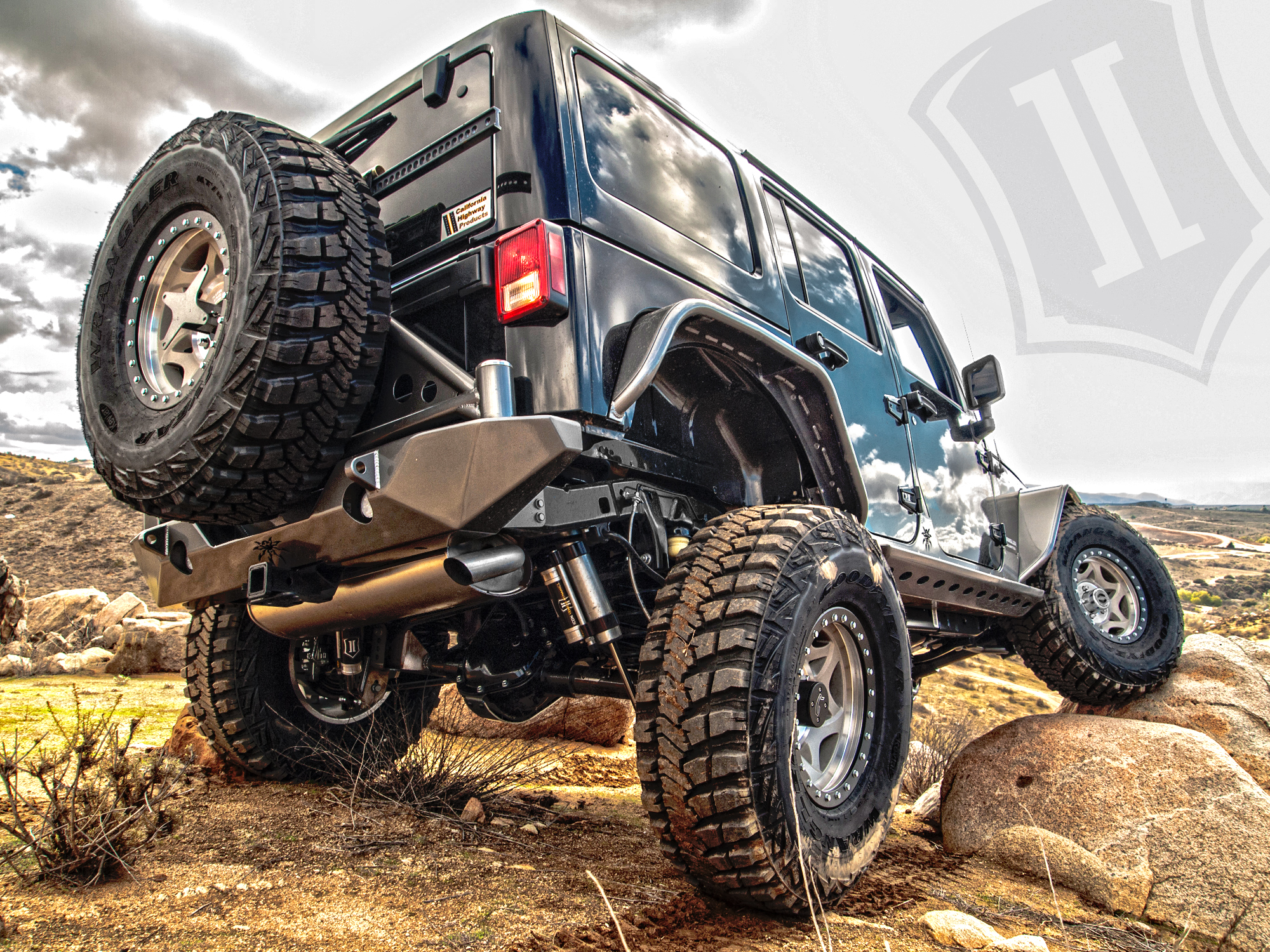How to Identify Your Differential and Axle Type
Using year, make and model, and vehicle info is the first/best way to identify your differential. But there are cases where these facts come up short. Your vehicle’s options like tow packages, off-road packages, or whether it sports an automatic or manual transmission can make identification more difficult. Further, if your rig has been modified its drivetrain changes will throw a wrench in the works. Luckily, there are visual cues that can help identify your particular diff or axle.
Cover Bolt Count
Since most differentials have a unique cover bolt pattern i.e. 10-bolt, 12-bolt, or 14-bolt, counting them up will narrow the field and help you with identification. While focusing on the pumpkin check out what type of housing you have… an integrated housing or a drop-out style. An integrated housing can be spotted by its inspection cover. A drop-out housing has no inspection cover because the entire differential assembly is removed from the front half of the housing.
Axle Flotation
Another important data point is axle type. There are two types of axles, semi float or full float. Semi-float axles have larger flange diameters than floating axles and the wheel bolts to the flange. A full-float axle flange bolts to the wheel hub and can be removed without taking the wheel off or jacking the vehicle up. Another variable to consider concerns how the axle is secured within the differential... via a c-clip or by bolting the unit in place.
Get Your Spline In Line
While identifying your axle shafts, it’s important to take note of your spline count. Look at the raised teeth and count these out. This can be tedious. We suggest marking a spline with a Sharpie and starting your count there. You may want to do a recount or two to confirm you’re tally is accurate… we told you it may be tedious.
Spec Out Your Hub
Another helpful hint in identifying your axle is figuring out how many hub bolts you have, your hub pattern, and your hub diameter. Determining the number of bolts is relatively easy, determining the bolt pattern can be a little more complicated. The best way to do that is by measuring from one stud to the center of the axle flange itself and doubling that number. If you see yourself doing this a lot, there are bolt circle templates that will expedite the procedure. Knowing your hub diameter will help in identifying different years, makes, and models.
Pinion Size & Ring Gear Diameter
Once your differential is disassembled and its parts removed, it’s time to measure your ring gear to determine its diameter. Simply measure from the widest point of the gear, tooth tip to tooth tip Pinion nut size is another parameter that can be used to identify the diff. This is relatively ease just test fit sockets until you find the one that fits… bingo.
For more differential spotting tips check out the accompanying video.
 AMC
AMC
 Chrysler
Chrysler
 Dana
Dana
 Ford
Ford
 GM
GM
 Isuzu
Isuzu
 Nissan
Nissan
 Suzuki
Suzuki
 Toyota
Toyota



















